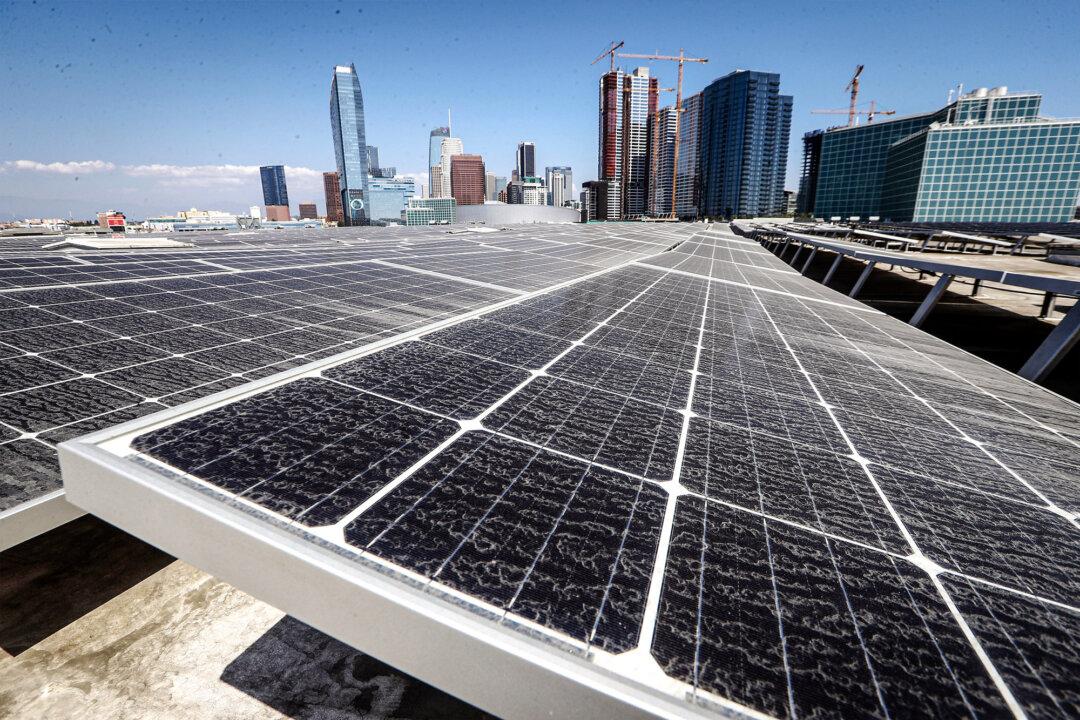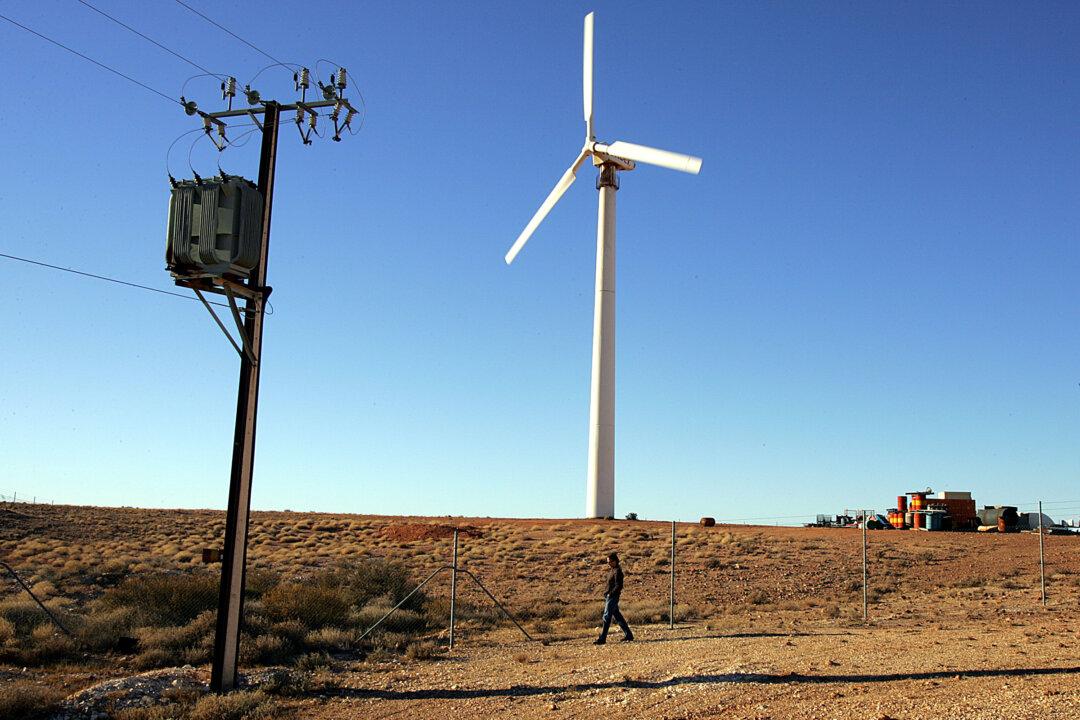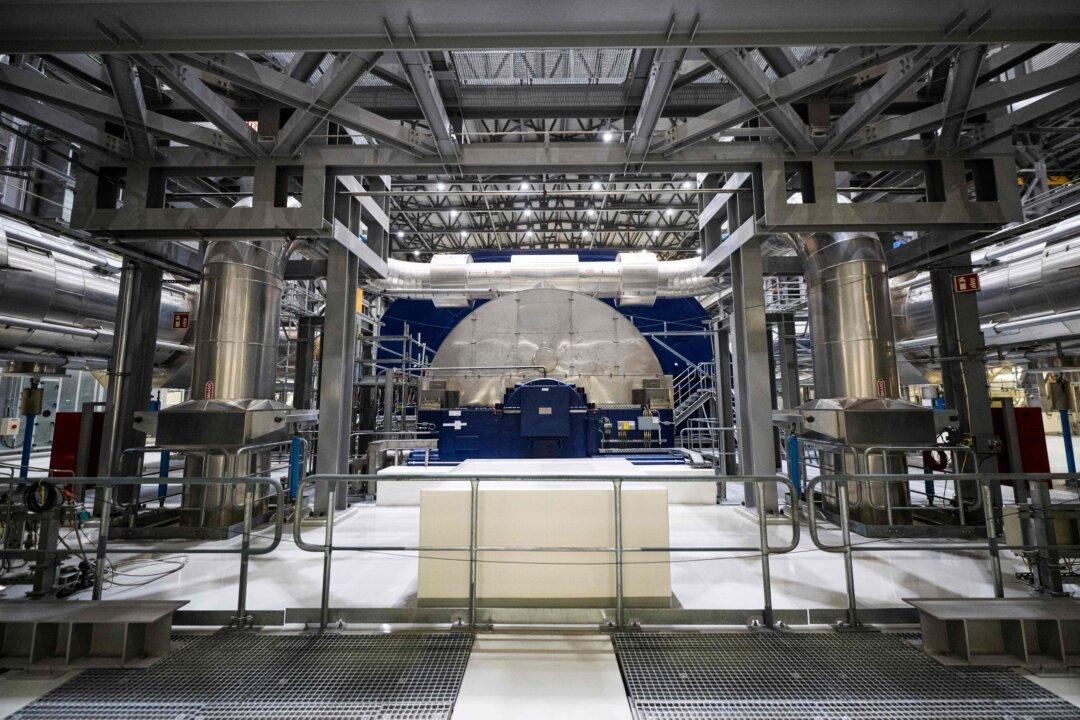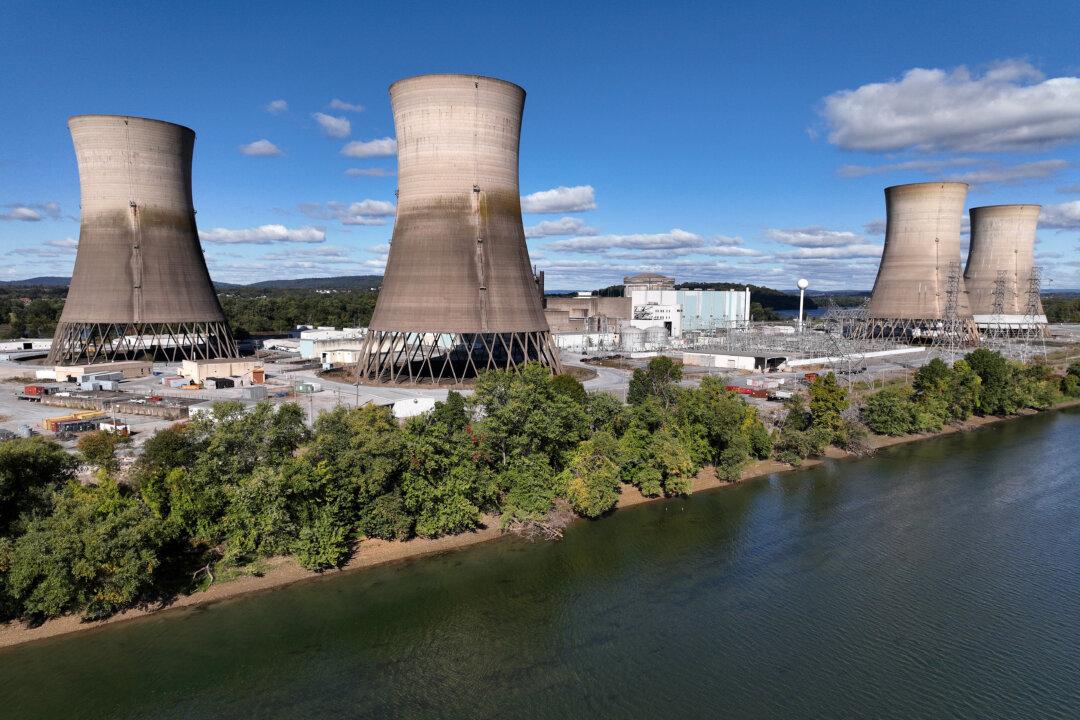A parliamentary committee has been told that energy prices are getting more expensive as Australian households and businesses install more rooftop solar panels.
At a recent inquiry hearing, Sarah Lawley, a physicist and the head of energy supply at CDC Data Centres, raised concerns about the oversupply of solar energy in the Australian power network.
“When the sun comes up, it basically comes up across the entire grid in that same hour. All of the panels on every rooftop and every solar farm are experiencing the daylight hours at the same time,” she said.
“So what this leads to, in terms of the grid, is really an oversupply of energy during solar hours.”
Lawley said that while some people might think it did not matter if there was excess energy, the oversupply of solar energy had commercial implications for investors as prices ended up being “cannibalised.”
Price cannibalisation refers to the situation where the oversupply of renewable energy leads to a drop in prices and, in some cases, negative energy prices–producers pay consumers for using their excess energy.
Lawley said price cannibalisation had resulted in solar energy getting curtailed on a large scale, especially during the solar hours.
“We’re actually curtailing eight gigawatts of utility-scale wind and solar across the NEM [National Electricity Market] during the solar hours,” she said.
“If you’ve built something that you were expecting to get a certain amount of volume of generation and potentially a certain price, it gets harder and harder to do that if you add more and more of the same generation profile.”
As a result, Lawley said adding more rooftop solar panels was making energy prices more expensive.
Solar Panels Create Illusion of Cheaper Energy Prices
At the same time, Lawley stated that the structure of the energy market had created an illusion that energy prices were getting cheaper as more rooftop solar panels were added to the grid.“Due to the way that we build and also the way that we credit—we provide a feed-in tariff for rooftop solar,” she said.
“So the way it is set up at the moment, unfortunately, some people describe it as a death spiral, in that, because electricity prices are high, people are motivated to add rooftop solar.
“Because of the structure of the way electricity is paid for and credited, there is an illusion that this is making electricity cheaper because the person who’s installed panels is reducing their cost in that way is not directly seeing that overall, the cost of the system is becoming higher.”
The energy expert also warned that the government needed to be careful with incentivising a form of generation that would unlikely to generate profits.
“Eventually, it'll come at a cost to the people who are investing because the value of their investment is being crowded out,” she said.







